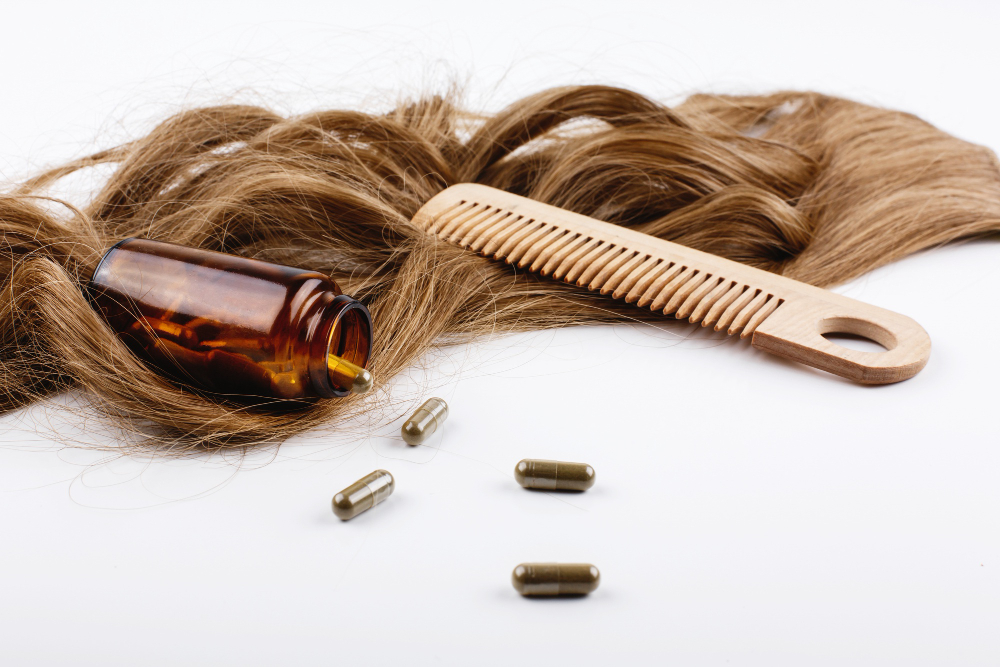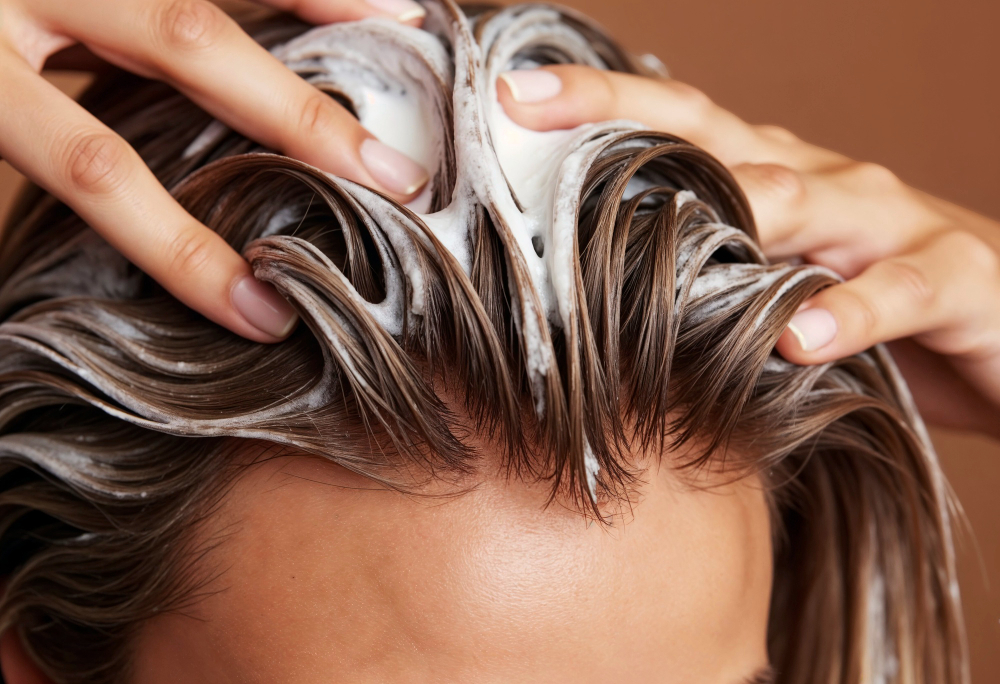Are you struggling to keep your hair moisturized, shiny, and manageable? The issue may lie in your high and low porosity hair.
Understanding whether your hair is low, medium, or high porosity is the key to unlocking the proper care routine. Low porosity hair resists moisture, high porosity hair loses it quickly, and medium porosity hair strikes the perfect balance.
Scientific studies show that tailoring your hair care routine to your porosity type dramatically improves moisture retention, reduces breakage, and enhances styling results.
Take action today: identify your high and low porosity hair, adjust your routine, and enjoy stronger, healthier, more manageable hair.
What is Hair Porosity?

Hair porosity refers to how well your hair absorbs and retains moisture. The cuticle layer determines it, the outermost part of your hair strand. The tighter the cuticles, the lower the porosity; the looser or damaged the cuticles, the higher the porosity.
Types of Hair Porosity
Low Porosity Hair
- Cuticles are tightly packed
- Hard to absorb moisture
- Prone to product buildup
Medium (Normal) Porosity Hair
- Cuticles slightly raised
- Absorbs and retains moisture well
- Easy to style, holds color, low maintenance
High Porosity Hair
- Cuticles raised or damaged
- Quick absorption, but moisture evaporates fast
- Prone to frizz, breakage, and dryness
How to Identify Your Hair Porosity

You can easily test your hair porosity at home:
Water Test
- Drop a strand in water: sinks quickly → high porosity, floats → low porosity, middle → medium porosity.
Slip Test & Microscope Observation
- Slide your fingers down a strand: rough or bumpy → high porosity, smooth → low porosity.
- Under a microscope, low porosity hair cuticles appear tightly packed, while high porosity cuticles are raised or damaged.
💡 Tip: Check roots vs ends; you may have mixed porosity hair (low porosity roots, high porosity ends).
Characteristics of Each Porosity Type
| Porosity Type | Key Characteristics | Care Focus |
|---|
| Low Porosity | Product sits on hair, slow drying, high shine, resists chemical treatments | Humectants (Glycerin, Aloe Vera), water-based products, lighter layering (LCO method) |
| Medium Porosity | Balanced moisture, easy to style, holds color, minimal breakage | Maintain routine with moderate protein/moisture balance |
| High Porosity | Quick absorption, moisture loss, frizz, color fades fast, and is damaged by heat/chemicals. | Protein treatments, sealing oils/butters (Castor, Shea, Argan), LOC layering |
Caring for High and Low Porosity Hair

Caring for Low Porosity Hair
Special Treatments: Rice water and hydrating masks can improve moisture absorption
Focus on Humectants: Glycerin, Honey, Aloe Vera. Make sure to read our article on Hydrating Hair Treatment.
Lightweight Products: Use water-based shampoos & conditioners. Learn more in our article on Conditioner vs Leave-In.
Layering: LCO method recommended
Avoid Over-Proteinizing: Too much protein can make hair brittle. Learn how to achieve the right balance in our article, Protein & Moisture Guide.
Caring for Medium Porosity Hair
- Maintain your natural balance.
- Occasional protein and moisture treatments to find out more about what our hair spa offers, refer to our Hair Spa Guide
- Protect from excessive heat and chemical treatments
- Regular deep conditioning keeps strands strong and shiny learn more in our Hair Treatment Options
Caring for High Porosity Hair
- Protein Treatments: Keratin, wheat protein, and specialized masks
- Seal Moisture: Use oils like castor, argan, or shea butter at the end of layering
- Avoid Overwashing: Frequent washing strips oils
- Protect: Use heat protectants, gentle styling, and deep conditioning
💡 Tip: High porosity hair often benefits from heavier sealants last in the LOC method to lock in moisture.
Mixed Porosity Hair
Many people have low porosity roots with high porosity ends. Causes include:
- Heat styling
- Chemical treatments (bleaching, coloring)
- Environmental damage (UV, hard water)
Care Tips:
- Apply lightweight products at roots, heavier oils/butters at ends
- Use the LCO or LOC method strategically for each section
- Deep condition regularly to prevent split ends
Your Perfect Hair Starts With Understanding Porosity
Understanding your hair porosity—low, medium, or high—is essential for healthy, manageable hair. Identify your type, tailor your routine, and use the right products and treatments. Book a consultation today and start transforming your hair: Book Now.
✨ Pro Tip: Pair your routine with professional treatments like deep conditioning, hair spa, and glass hair techniques to maximize shine and strength.
FAQ
Can I change my hair porosity?
Not permanently. You can improve your hair’s condition and reduce damage, but porosity is primarily determined by genetics and past treatments.
Is one porosity type better than another?
No — each type has its pros and cons. The key is knowing your porosity so you can choose the right products and techniques for your skin type.
How do I test my hair porosity at home?
Try the “float test”: place a clean hair strand in water. If it sinks quickly, it’s high porosity; if it floats, it’s low porosity.
How does hair dye or bleach affect porosity?
Chemical treatments lift the cuticle, making hair more porous. Over time, this can lead to dryness and increased breakage.
Can I have both high and low porosity hair?
Yes. It’s common to have mixed porosity — for example, low at the roots and high at the ends due to damage or heat styling.









